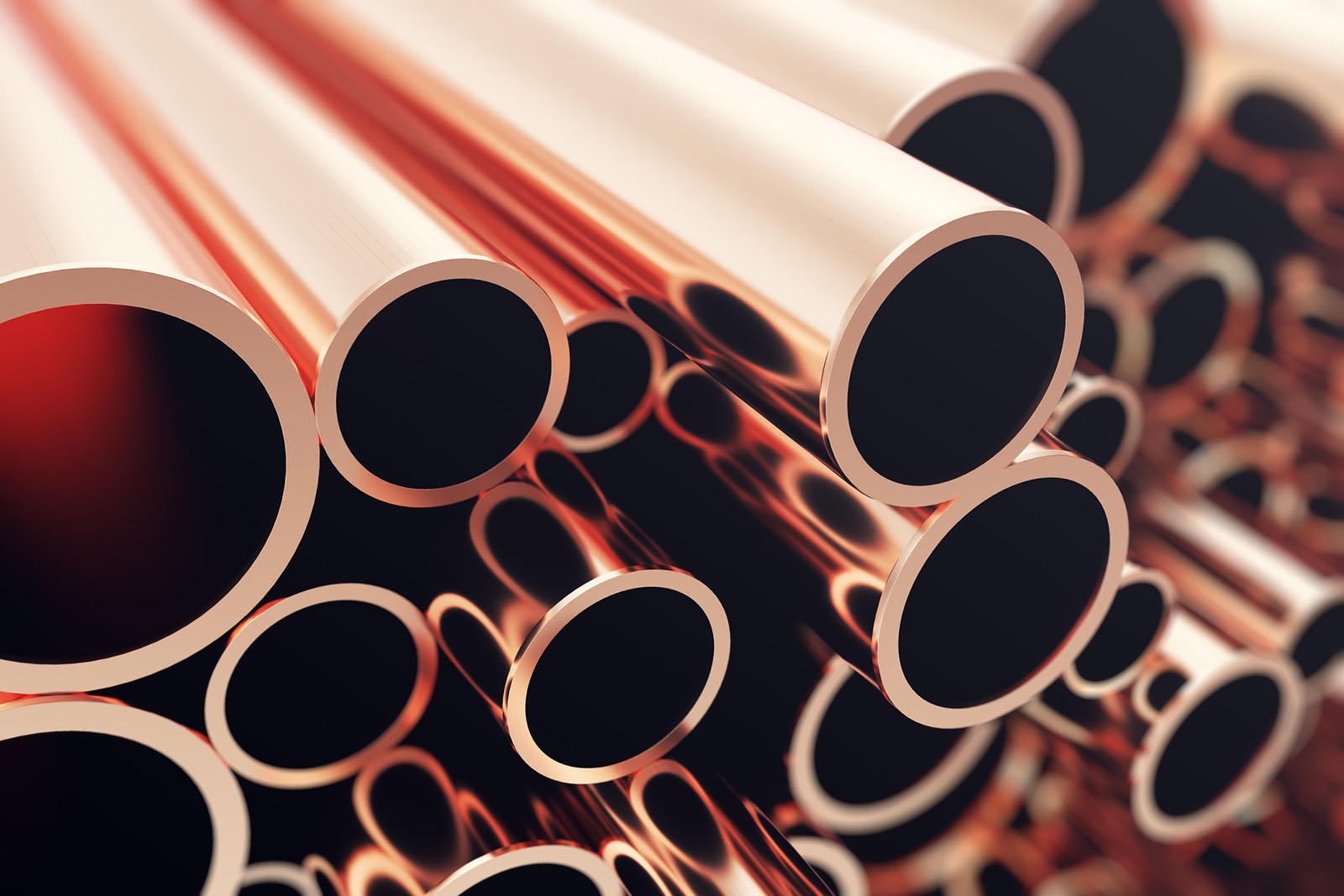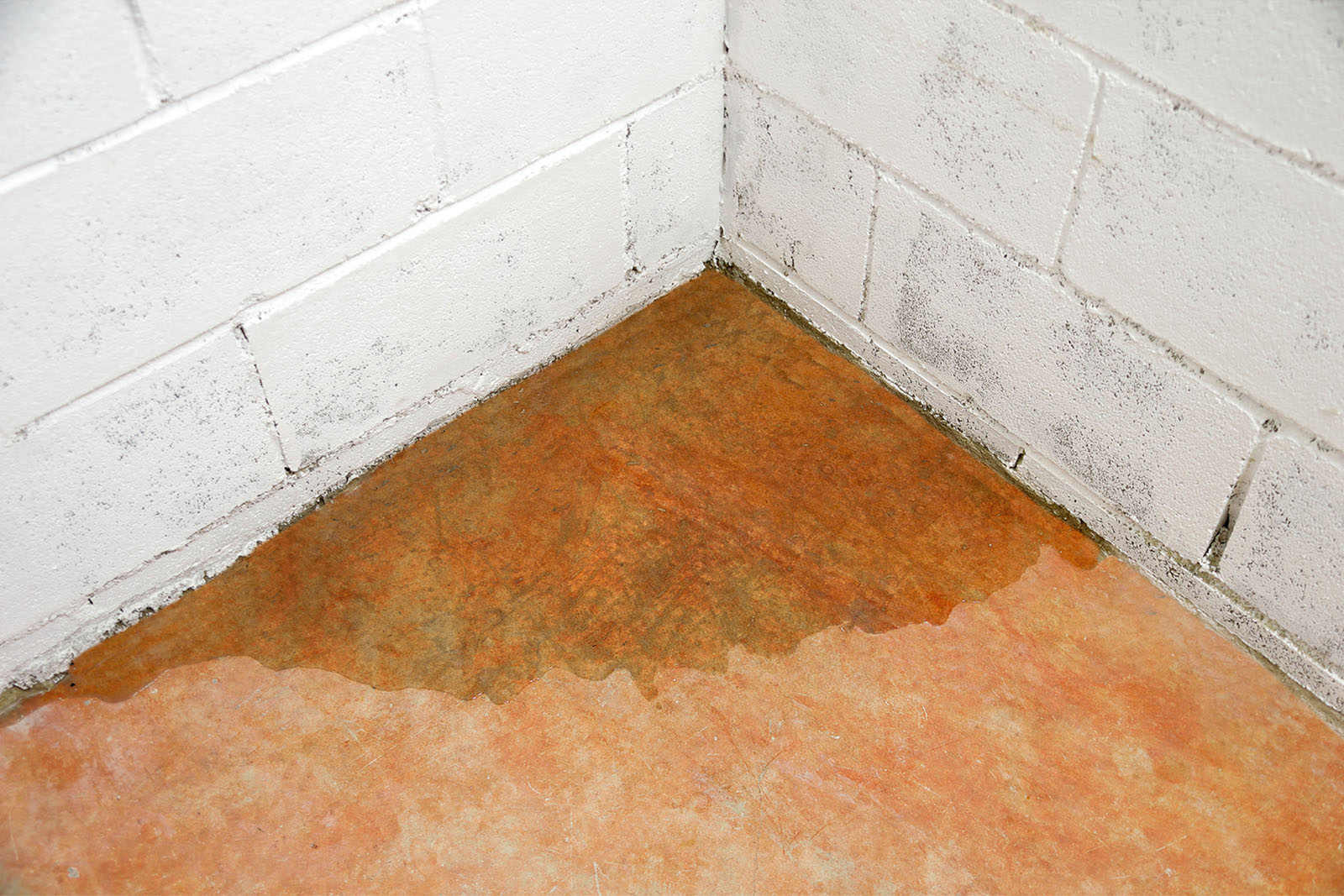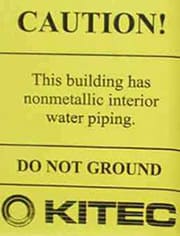What’s Involved in Repiping a House?
Repiping your home is the process of replacing the old existing pipes with new ones. This is usually done when the pipes are reaching the end of life, or if the current pipes are defective.
Most homeowners repipe their home if they see certain signs: corroded pipes, discolored water, low water pressure, persistent leaks. If your existing pipes are several decades old and made from material such as galvanized steel, it might be time to repipe your home.
What does it mean to repipe your house? Here are signs it’s time for a repipe, your replumbing options, and what you can expect during the repiping process.
Signs You Need to Repipe Your Home
If you’ve considering repiping your Sacramento or Roseville area home, there are several distinct reasons why you would undertake this project. It is an important investment in the functionality of your home.
Your Home Has Lead Pipes
If your home was built in the 1920s or earlier, and the pipes have never been replaced, they are very likely to be lead pipes. Any lead seeping into the water can cause massive health problems, so this is a must-do situation!
Your Home Has Galvanized Steel Pipes
Most homes built from the 1930s to the 1970s had galvanized steel pipes. Over time, these pipes rust, corrode, and go through a process known as dezincification which causes some very noticeable plumbing issues. If your galvanized pipes are deteriorating, you may notice low water pressure, discolored or metallic tasting water, or uneven water pressure throughout the house.
Your Home Was Built With Kitec Plumbing
Kitec plumbing was used in many homes built between 1995 and 2007 in the US and Canada. Later on, the manufacturers of Kitec were in a multi-million dollar lawsuit because Kitec was found to be defective, and eventually fails prematurely. The fittings and hot water pipes on Kitec plumbing especially fail early, leading to extensive water damage to homes. Many homes in the Sacramento area were built with Kitec in this period. If you want to learn how to identify Kitec, read our article here.
You’re Remodeling Your Home
Are you already planning a major remodel of your kitchen or bathroom? You may not need to repipe as part of this project, but if your home is over 50 years old and still has the original piping, it may be a good idea to do this project at the same time.
Repiping during a home remodel will help you solve already existing issues like persistent plumbing leaks, old corroded pipes, and reduced water flow.
You Are Selling Your Home Soon
If you plan on putting your home on the market soon, you should proactively solve any potential issues which can lower the value of your home. Old, galvanized steel pipes can dissuade buyers from closing a deal on your home, and it can lower the appraisal value of your home. Repiping your home is a way to make your plumbing system new, which will assure home buyers the plumbing is in impeccable shape. This can help you maximize your property value.
Persistent Pipe Leaks, Corrosion, Discolored Water
If you see visible signs of advanced rust or internal pipe corrosion is affecting your water quality, it might be time for a repipe. Leaky pipes can cause higher water or energy bills, mold growth, and water damage. Corroded pipes can make your water look discolored, taste funny, or small strange. Replacing these old pipes with corrosion resistant PEX or copper pipes will help solves these issues.
Low Water Pressure
If you see low water pressure in your house or in parts of your house, that can be a sign your pipes are corroding internally, and metallic particles are clogging your pipes. Galvanized pipes will deteriorate after 50 years; and the clogged pipes are caused by the internal coating deteriorating and settling in the pipes. New pipes made with non-corrosive materials will fix the low water pressure issue.
What is the Repiping Process?
As we said, repiping a house is a major undertaking, and it will likely be one of the biggest renovation projects you have ever done in your home. The first step is to have a professional examine the issue and provide an estimate on the project. They should let you know if you need to repipe your whole house or just a single section of your home. Next, you and your installers will select the materials and secure work permits if needed.
Water service will need to be shut off to your home while work is being done, but the plumber will often turn it back on for you at night, so your evening routines aren’t impacted if you choose to stay in the home at this time. They’ll pinpoint the locations of the pipes and cut them into your drywall to access those pipes and disconnect them. You can choose to either keep the old ones inside the walls or have them pulled out. They’ll then install the new ones and patch up and repaint the wall for you.
Process and Timeline for Home Repiping
The average time to repipe a residential home is about 2 to 3 days. A repiping company will have 2 to 3 workers on a repipe project. A residential repiping project will take about 2 to 3 days to complete. You can think about the project in three phases.
Phase One:
The repiping company examines the home and determines what materials and labor they will need, providing an estimate to the homeowner. The pipes and fittings for the repipe project is acquired and located on-site. The plumbing team walks through the house and plans the work. Any furniture or décor near the walls is moved, and covered in plastic to prevent drywall dust landing on it.
Phase Two:
Drywall is cut, the pipes are replaced, and connected to existing plumbing fixtures. Fittings are connected to the pipes. The bulk of the repipe work is done in this phase.
Phase Three:
Plumbing joints is tested to make sure there are no leaks, a final inspection is run. The drywall is patched, the walls are finished and repainted, and the remainder of the work materials is cleaned up and your home restored.
Types of Pipes
Copper Pipes
Copper pipes are one of the most popular choices for residential plumbing, and the only metallic piping material used today. Though copper is more expensive than PEX, it is still used quite often because it is sturdy, reliable, long-lasting, and corrosion-resistant. The lifespan of copper pipes is quite long, somewhere between 50 and 100 years. Copper pipes are also bacteria resistant. The water quality will improve greatly with copper vs galvanized steel pipes.
One thing to be aware of is the price of copper pipes may fluctuate slightly, and it is rigid, which makes it slightly more difficult to install vs PEX.
PEX Pipes
PEX or cross-linked polyethylene pipes are another corrosion resistant piping option. These pipes are flexible, and do not require as many fittings as copper, making it easier to install in small spaces. These pipes are also able to withstand extreme cold temperatures, making them ideal for colder climates. They are also heat conductive, making them a good choice for most homeowners.
The downsides to PEX are this piping can degrade in UV light, so they are unsuitable for outdoor piping or indoor piping with UV fluorescent lighting. Water with heavy amounts of chlorine can also damage the piping.
Overall, this is a good choice for homeowners on a tight budget.
How Much Does Repiping Cost?
The total cost of a repiping project depends on factors like the size of the home, the complexity of the existing piping, the types of pipes being installed, and the amount of preparation needed for the project. Local permits may also influence the cost of the project.
The average home costs about $5,000 to $30,000 to repipe
, for a one to three bedroom house, in the Sacramento area, including finish and paint.
Considerations When Repiping
Getting Estimates
Repiping projects are a major home renovation which require planning and preparation. Your plumbing contractor should inspect your home beforehand and give you an estimate for labor and materials.
Preparation for the Work
The repiping construction crew will typically replace your hot and cold water piping, and any pipe fittings. They will need to cut holes in the drywall to access the piping, so cover any furniture that needs to protected from dust.
There will be times when the water is shut off so the pipes can be replaced, so plan on having bottled water on hand for drinking and cooking. The process takes about 2 to 3 days from start to finish, and the water may not be off the entire time, but it will be off when the piping is being replaced. Very large homes may take up to a week to complete the entire process. Plan on having some periods of time during this time frame where the water is shut off.
Construction Permits
The county or city will require a permit for the repipe construction. Typically, the plumbing contractor takes care of this, but it should be put in motion as soon as the project is approved by the homeowner.
Inspection and Finishing
Once the pipes are installed, the work will be inspected and double checked. As the work passes inspection, the repipe contractor will patch the drywall, finish and repaint it to make the walls look brand new.
Benefits of Repiping Your House
Repiping your home is a significant investment, but there are tangible benefits to replacing the pipes in your home.
- Better water quality. Old, galvanized steel pipes often make your water discolored and full of rust and dezincified metal. New pipes are resistant to corrosion, and your water will be clean, fresh and better-tasting.
- Increased property value. If you plan on selling your property in the near future, or getting it appraised, you’ll be asked what types of pipes you have and how old they are. Old galvanized pipes, lead pipes, or Kitec pipes will decrease your home’s value vs copper or PEX pipes.
- Preventing recurring plumbing repairs. If you constantly have pinhole leaks in your pipes, slab leaks under your home’s foundation, or other plumbing issues, repiping can help solve those problems.
- Protecting your home from water damage. Kitec plumbing was the target of a multi-million dollar lawsuit when it was shown to fail prematurely, causing many homes in the US and Canada to sustain water damage. If you have Kitec installed in your home, replacing it with copper or PEX piping will help you prevent unnecessary damage to your home.
Tips for Hiring a Repiping Plumbing Company
If you need a repiping company, here are some things to keep in mind:
- Contractors that specialize in repiping will have more experience and have an established process for completing the job with max professionalism.
- Use contractors who are licensed by the state Contractor Licensing Board. These are contractors who have passed state cetification, bonding, and licensing.
- Does the plumbing contractor offer a lifetime warranty? Repiping companies that offer a warranty are confident in the quality of their workmanship and will give you peace of mind.
- Check for positive reviews. A reputable repiping contractor will have numerous reviews of their work, and an overwhelming majority of those will be positive reviews.
Repiping Experts in Sacramento and Roseville
Wise Monkey Repipe & Construction helps homeowners in the Sacramento-Roseville area with replacing old galvanized pipes, defective Kitec pipes, or old lead pipes with brand new copper or PEX piping. We’ve done scores of homes in the Sacramento-Placer-San Joaquin area, and we can repipe your home as well, quickly and efficiently. Fill out our contact form or give us a call at 916-304-7629 for a no-obligation estimate.


